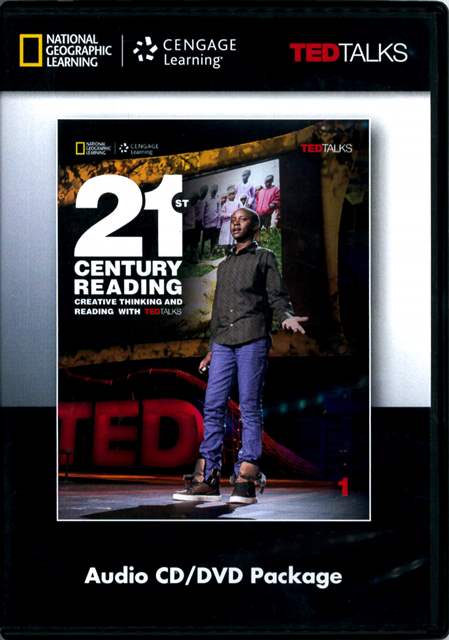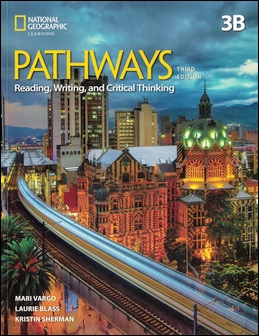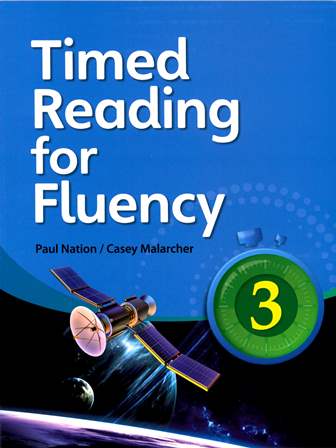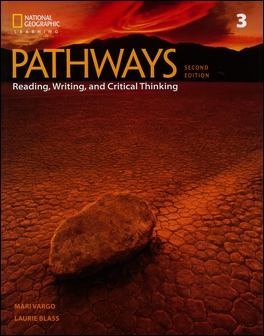書籍分類
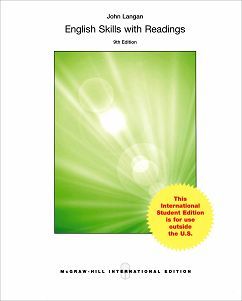
English Skills with Readings
作者:John Langan, Zoe Albright
原價:NT$ 1,000
ISBN:9781259094934
版次:9
年份:2015
出版商:McGraw-Hill
頁數/規格:704頁/平裝彩色
版次:9
年份:2015
出版商:McGraw-Hill
頁數/規格:704頁/平裝彩色
內容介紹 本書特色 目錄
- Description
Grounded in John Langan’s Four Bases - unity, coherence, sentence skills, and support -English Skills with Readings employs a unique personalised learning plan to address student deficits in grammar and mechanics and to free instructional time for activities emphasising writing process and critical thinking. English Skills with Readings features John Langan's trademark crystal - clear explanations, along with his range of motivating activities and writing assignments that reinforce the four bases of effective writing. The new edition adds a variety of exciting new features to John Langan's proven approach, and reinstates much-requested material from previous editions.




